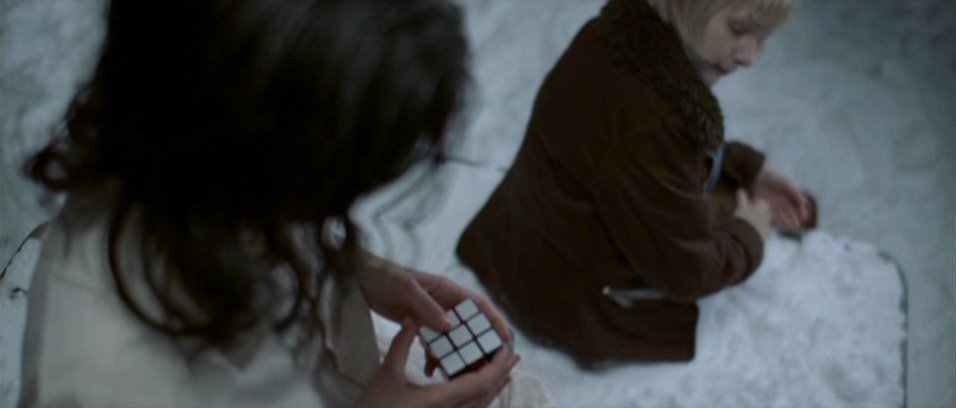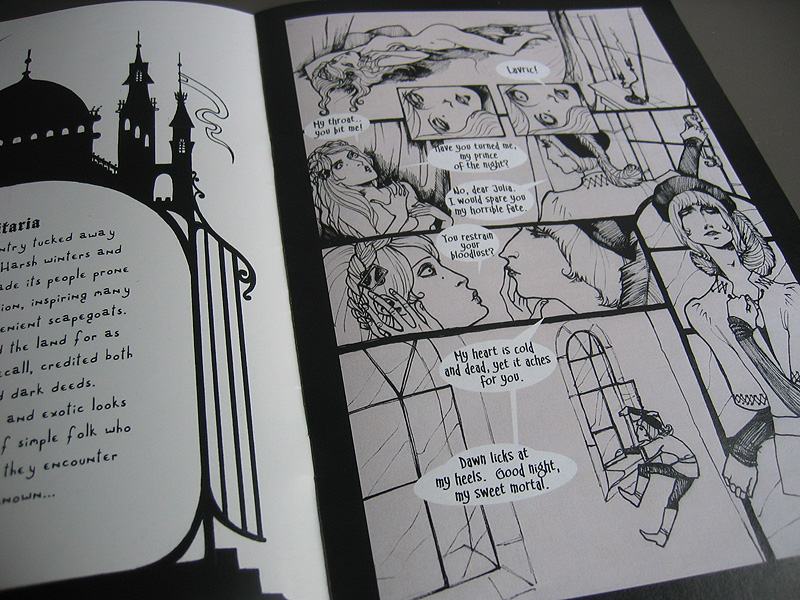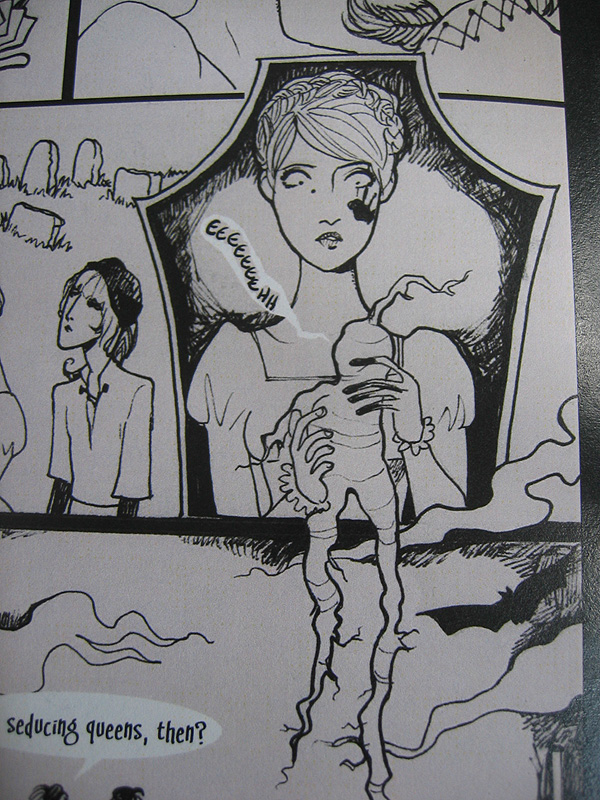Date read: 6.03.09
Book from: Personal Collection
Reviewer: Kakaner
Summary
The City & The City is dark, brooding, and meticulous. It is the story of Inspector Tyador Borlu who investigates a mysterious and highly delicate murder case. “Highly delicate” for Borlu soon discovers that he must invoke Breach, a mysterious judicial force that governs disputes in the rare case that they involve a crossing of the cities, Ul Qoma and Beszel. However, help is not so easily found and Borlu must undertake this investigation himself. Using not-exactly-by-the-book methods, Borlu uncovers mysteries of the murdered girl, the very archaelogy of these two odd cities, and Breach.
Review
Mieville pulls the reader in with promises of the same great and dark fantastical adventures of his previous novels– we concoct a terrible conspiracy in our minds when first confronted with the murder, we imagine the city divide must have come about as a result of a great otherworldly battle, we provide ancient magical powers for each mention of a mysterious artifact… and although these theories are shattered one by one as the novel progresses, we still imagine the epic Big Reveal will, in fact, prove all our thoughts to be correct. Instead, The City & The City is cold and harsh, and there is never a magical solution. There is definitely a depressing, suffocating atmosphere that comes from knowing that every death, every misunderstanding, every unnecessarily gruesome fact of life is caused for humans, by humans.
I have to say I harbored this niggling disappointment each time a plot turn indicated that there was in fact no magic. I was naive– I should have paid closer attention to the genre titles “noir fiction” and “weird fiction”, but Mieville has always had a way with enchanting the story no matter what genre. I found the mentions of Myspace and Chuck Palanhiuk highly jarring, but undoubtedly genius. These references really made the reader think and realize he was reading about a country off somewhere in the Middle East that existed in the same world at the same time, that if he travelled far enough he would perchance bump into the city of Beszel. This effect was definitely unnerving and brought the story closer to home.
In many ways, I found Beszel and Ul Qoma to be the darkest of any of Mieville’s cities to date. Beszel and Ul Qoma encapsulate the grimness of today’s most rundown urban centers, without the usual gems of beauty that one can find in Mieville’s other works. While New Crobuzon was covered with filth, death, and corruption, the reader was still made to understand the powerful potential of inner beauty– Lin’s amazing (although admittedly grotesque) artwork, the majestic surrealism of The Weaver, the slowly nurtured romance between Bellis and Silas– and in the end, the Baslag books were just as much about the good as they were about the bad. And of course, the London underground setting of King Rat also contained an edgy artistically musical appeal. I didn’t see any of this hope or light in these cities– whenever I uncovered more about a good person or a seemingly magical concept, there was simply only… dirt and muck underneath. Basically, I didn’t come away seeing promise dangling on the ends of story threads in the same way I did for other Mieville works. This, perhaps more than the downward spiral to nowhere, frightened me the most and in many ways, made the story as a whole less appealing.
This is not to say that The City & The City isn’t another great work of art created by China Mieville. I was so accustomed to floating along in the waves of Mieville’s greatly fantastical settings and characters, only to find myself rudely shoved into a hard and entirely unforgiving setting. I am under the opinion that this novel is extremely mislabeled as a fantasy work…there is an explanation and a science behind everything plot turn, and ultimately, my point is do NOT walk into The City & The City expecting fantasy. Although I have not read much detective noir fiction, I can confidently say The City & The City must be among the cream of the crop– as usual with Mieville, you can see the literary quality dripping off the edges of each page and feel the weight of a great imagination.
Go to:
China Mieville


